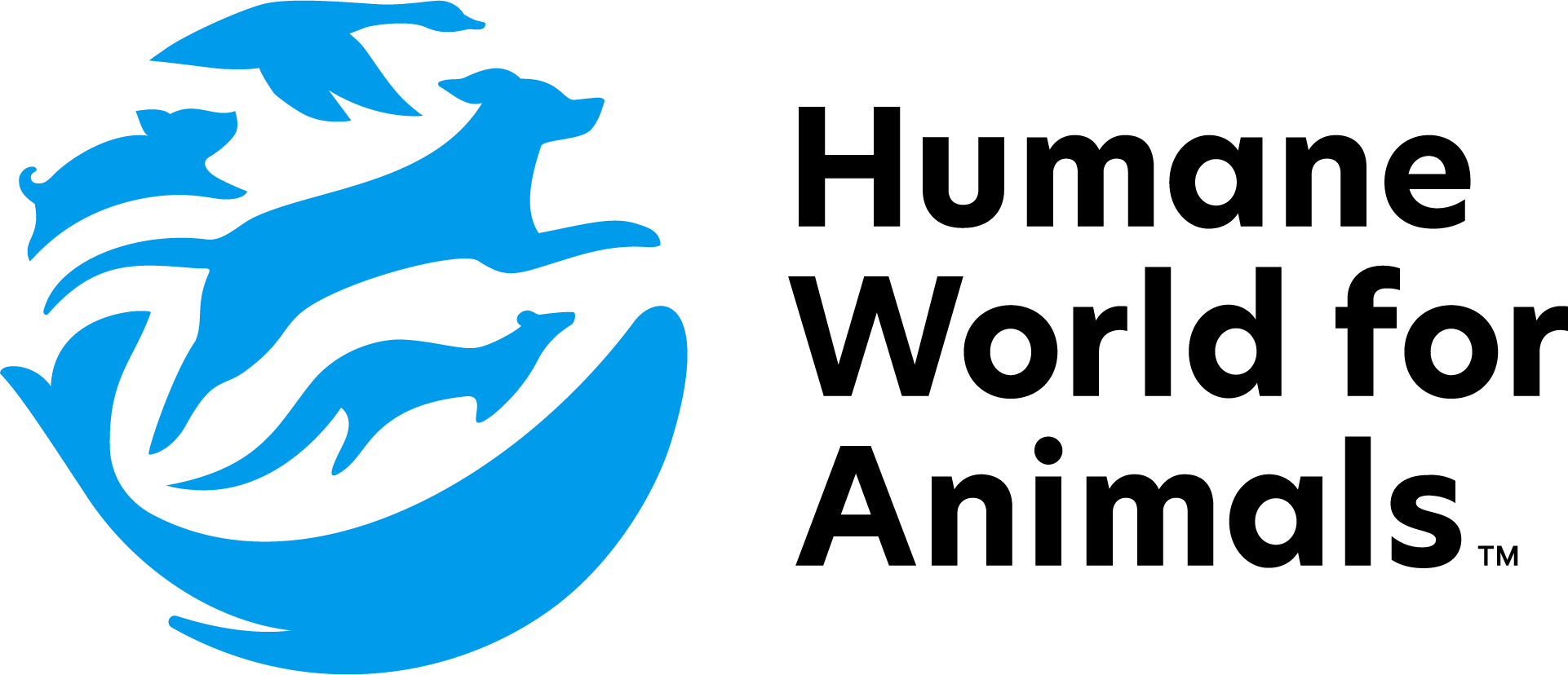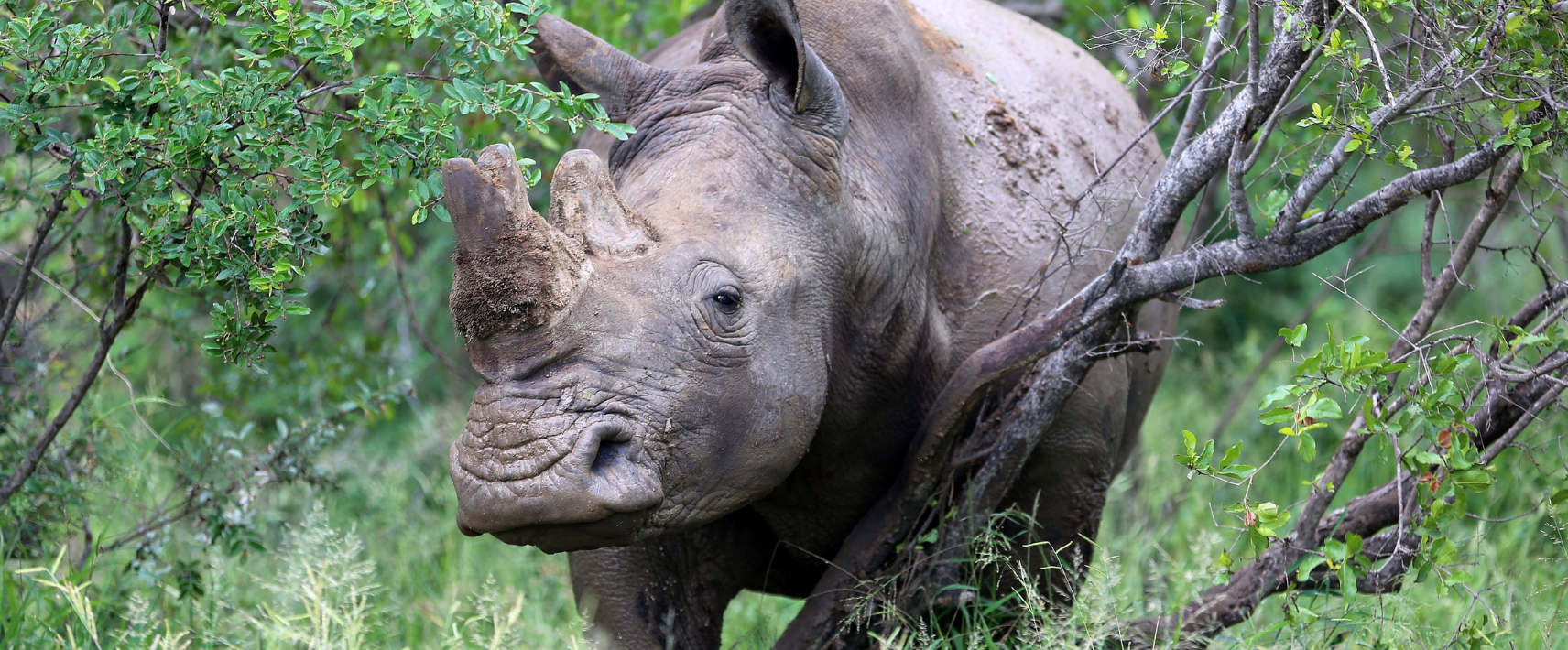One of the most important global meetings on wildlife trade has just wrapped up in Uzbekistan. It’s capital city Samarkand was where governments convened for the 20th Conference of the Parties (CoP20) to the Convention on International Trade in Endangered Species of Wild Fauna and Flora (CITES) to decide how international trade should be managed for some of the world’s most threatened...
Celebrating the Night Gardeners of our Eco-System!
Australia is home to over 90 species of bats, each playing a critical role in our ecosystems. From pollinating native flora to foraging on insects, these remarkable creatures help keep our landscapes healthy, diverse and in balance. On International Bat Day, Humane World for Animals celebrates the fascinating biology and ecological importance of bats, and the inspiring efforts of wildlife carers and community members who support their conservation.
Fruit bats
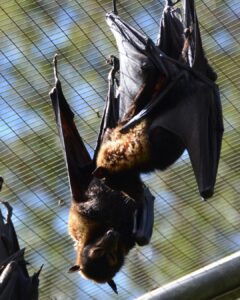
Often called “flying foxes” due to their resemblance to the European red fox, fruit bats are essential pollinators and seed dispersers. They roost in large numbers amid the dense understory of native forests, and although they cannot echolocate like some of their cousins, they use their excellent eyesight and sense of smell to cover vast distances while foraging. In doing so, they cross-pollinate eucalyptus and melaleuca trees, assist in restoring degraded landscapes, and contribute significantly to the health and resilience of World Heritage sites such as the Wet Tropics and Gondwana Rainforests. Together with daytime pollinators like bees and birds, fruit bats ensure that our native plant species continue to thrive.
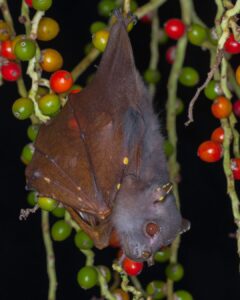
Insectivorous bats
Insectivorous bats are the unsung heroes of our night skies. Equipped with advanced echolocation systems, these agile hunters capture thousands of insects each night, naturally reducing populations that might otherwise be a nuisance for crops and human habitats. Their work diminishes the need for chemical pesticides, contributing to healthier ecosystems and more sustainable agriculture. Their silent, skillful flights remind us of the intricate balance of nature and highlight the importance of conserving even the smallest members of our wildlife community.
What is being done to protect and understand them?
Humane World for Animals are proud to be ‘batty’ for bats, and we are dedicated to their conservation, rescue and recovery through a variety of initiatives. We play a key role in supporting crucial rehabilitation facilities in Australia, that see hundreds of bats rescued and then released through their doors each year. These facilities are used year-round by a variety of local carers and groups and are especially vital now in response to the ever-increasing number of emergency events that are threatening their existence. We invest in rescue equipment such as telescopic poles, intensive care units, aviaries, surveillance cameras, and transport boxes, as well as providing financial support for food, medicine and other consumables during emergencies. Unfortunately, mass starvation events and heat stress events are imperiling entire colonies, and are becoming more and more prevalent due to climate change. These events are mostly unpredictable and have historically been responsible for wiping out a third of Australia’s entire spectacled flying fox population in just 2 days.
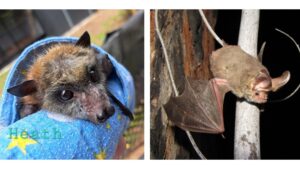
How can you get involved?
There are many ways you can get involved at home, one being the “Bats in Backyards” citizen science project run by NSW Environment. This initiative encourages community members to participate in easy, meaningful research that expands our understanding of threatened insect-eating bat populations and what their conservation needs might be. One of our very own Wildlife Land Trust members helped pilot the project in 2023, and made a remarkable discovery: on her property, she identified 12 distinct species of insectivorous bats that she had never expected to find. These include the vulnerably listed Large Bent-winged Bat (Miniopterus schreibersii) and Eastern Coastal Free-tailed Bat (Mormopterus norfolkensis).
International Bat Day is not just a celebration; it’s a call to action. You can donate to help us support bat carers in responding to emergencies, or you can help us spread the word of the importance of bats by sharing this blog on your social media channels for International Bat Day. Next time you take a stroll at night, take a moment to marvel at the night-flying wonders of our native landscapes, and consider how you can contribute to the ongoing conservation efforts. Join us, and together, let’s keep our nights vibrant and our ecosystems healthy.
